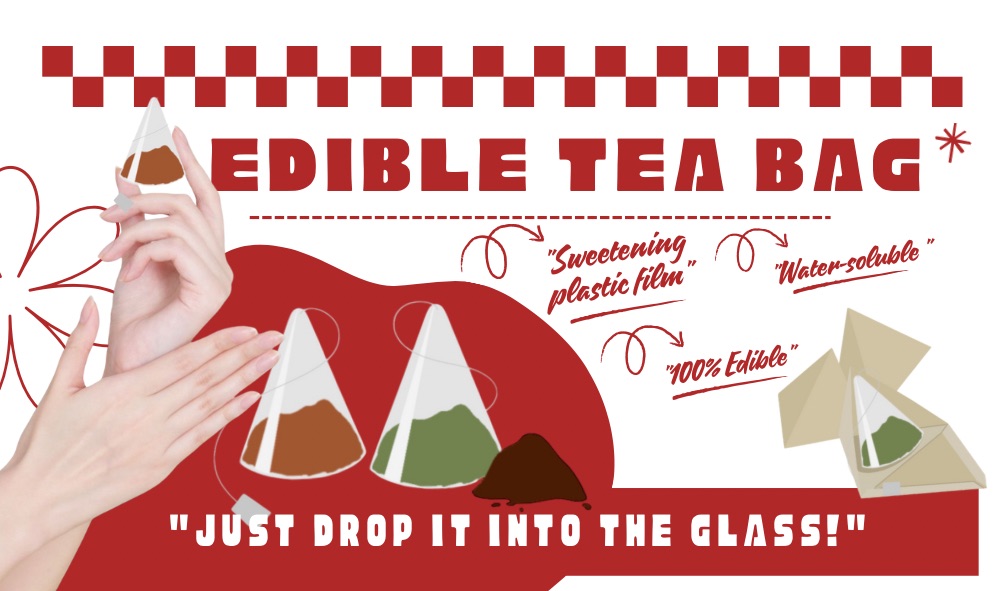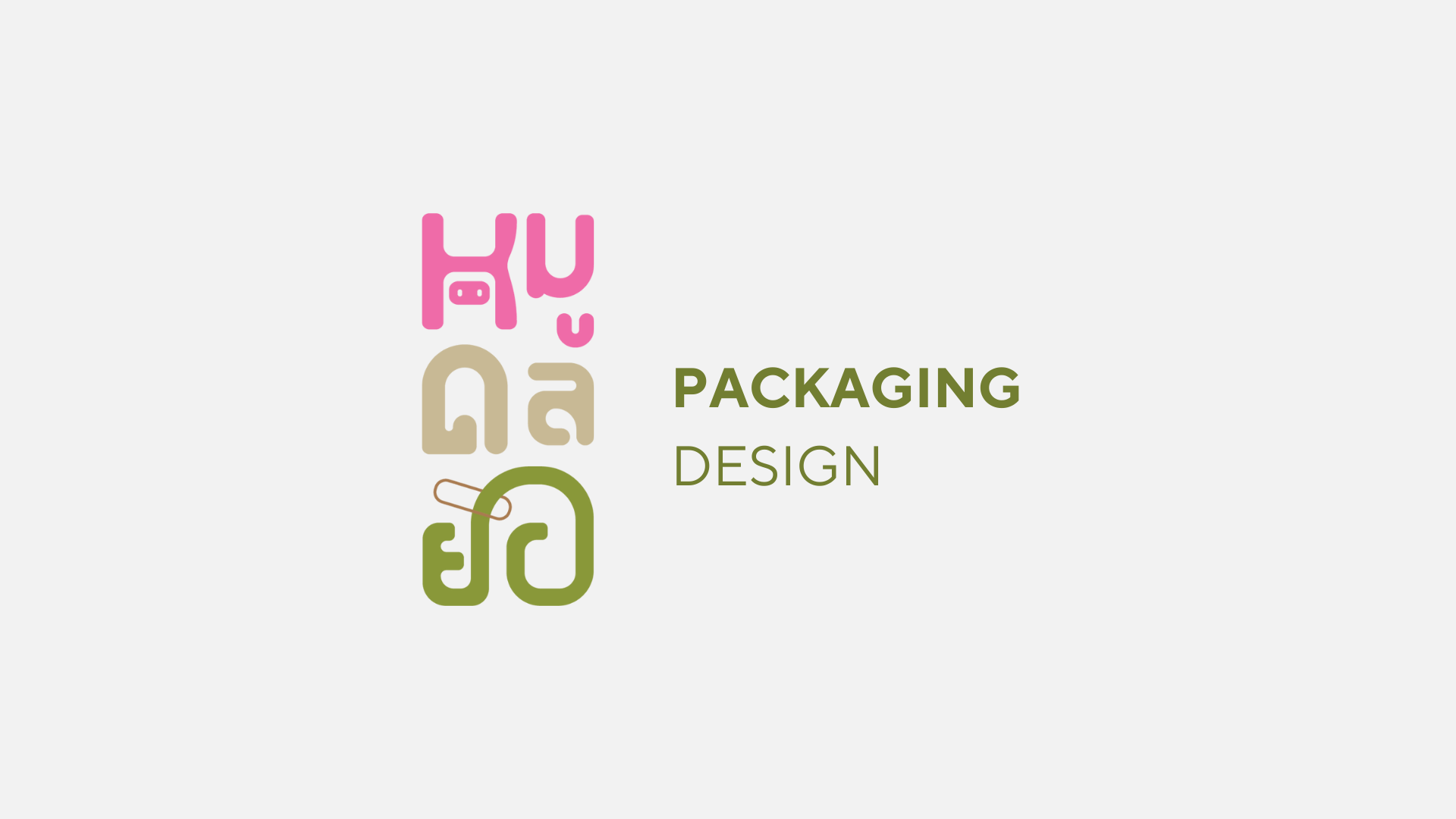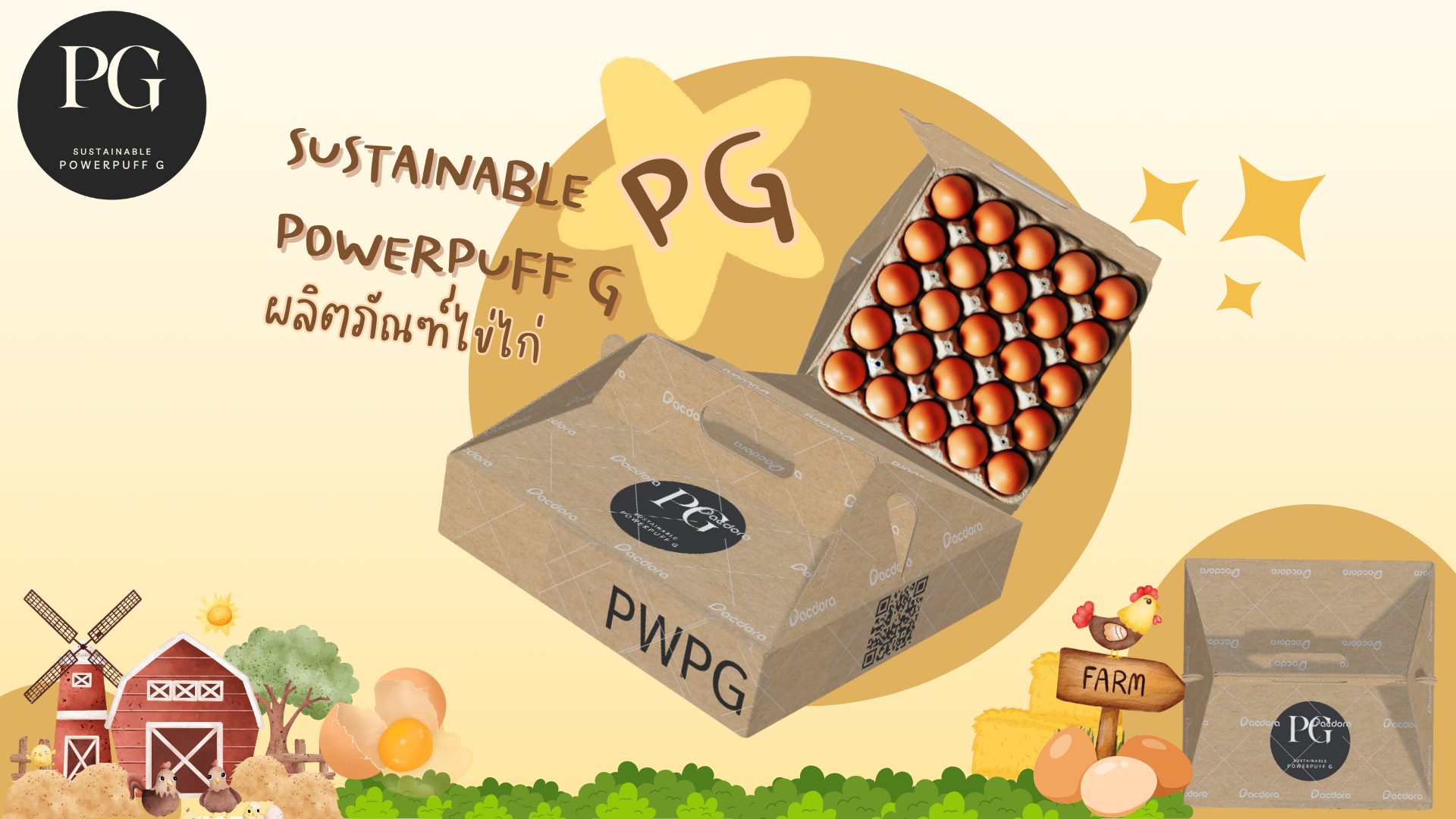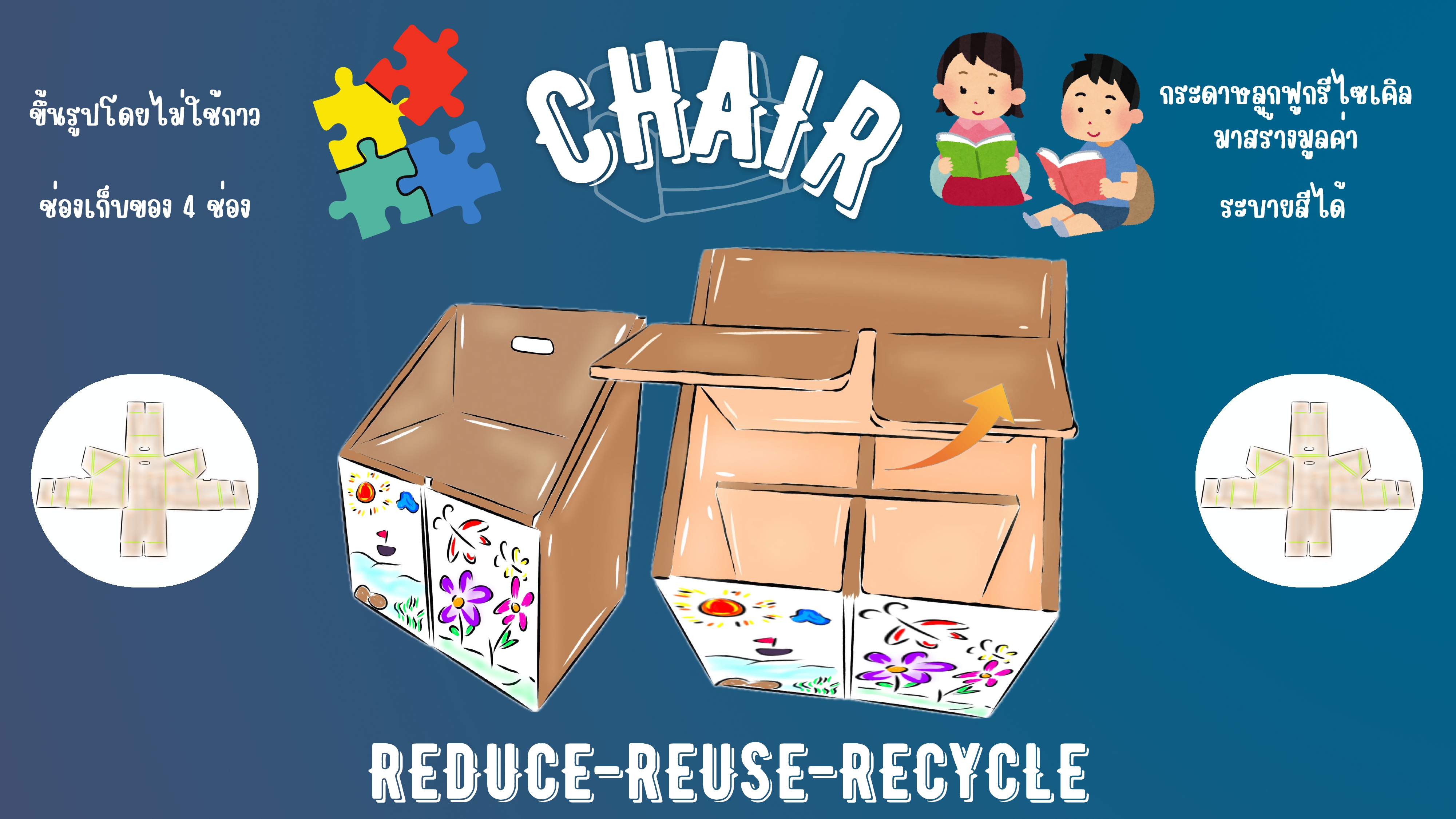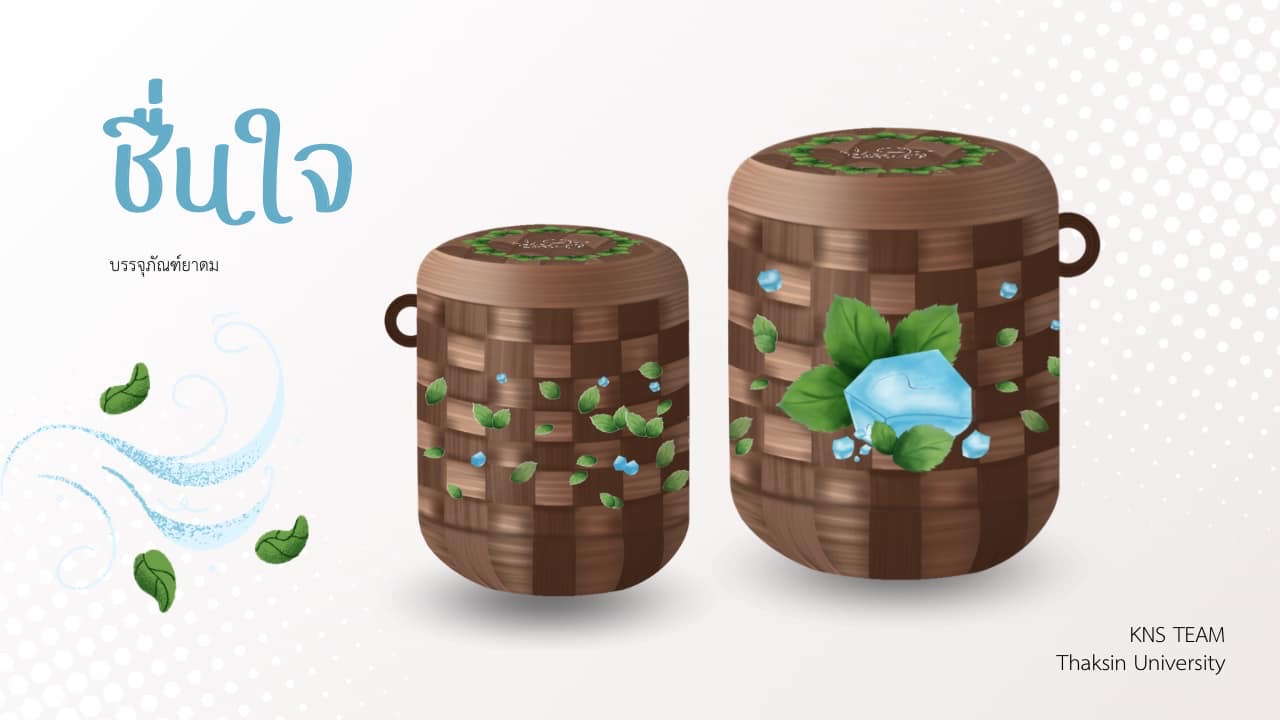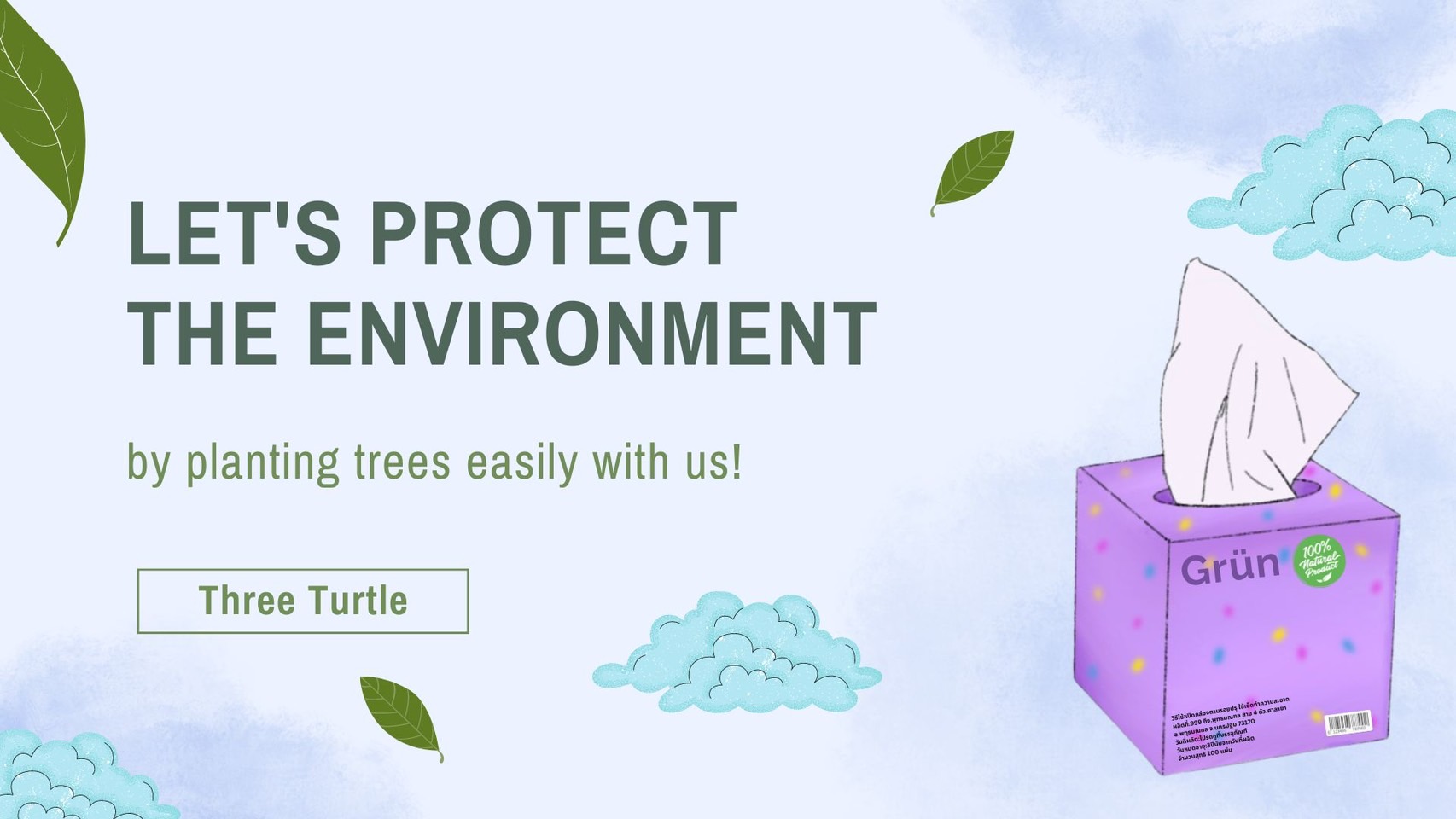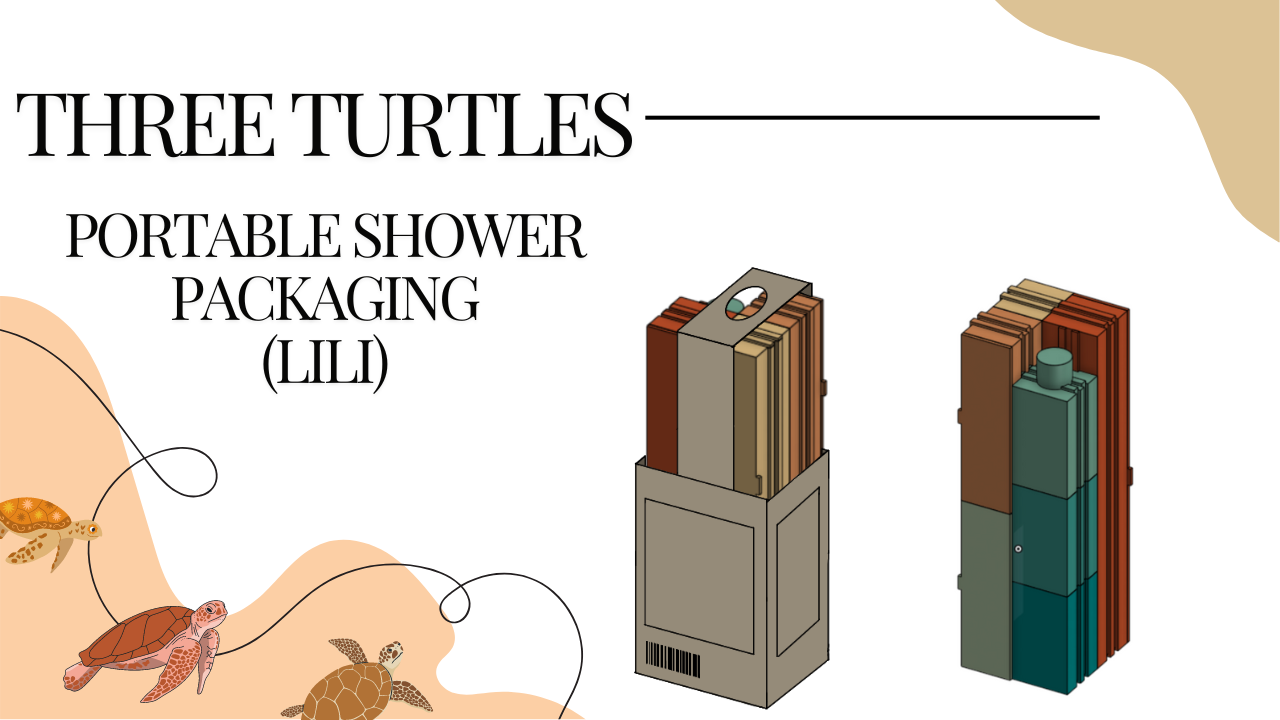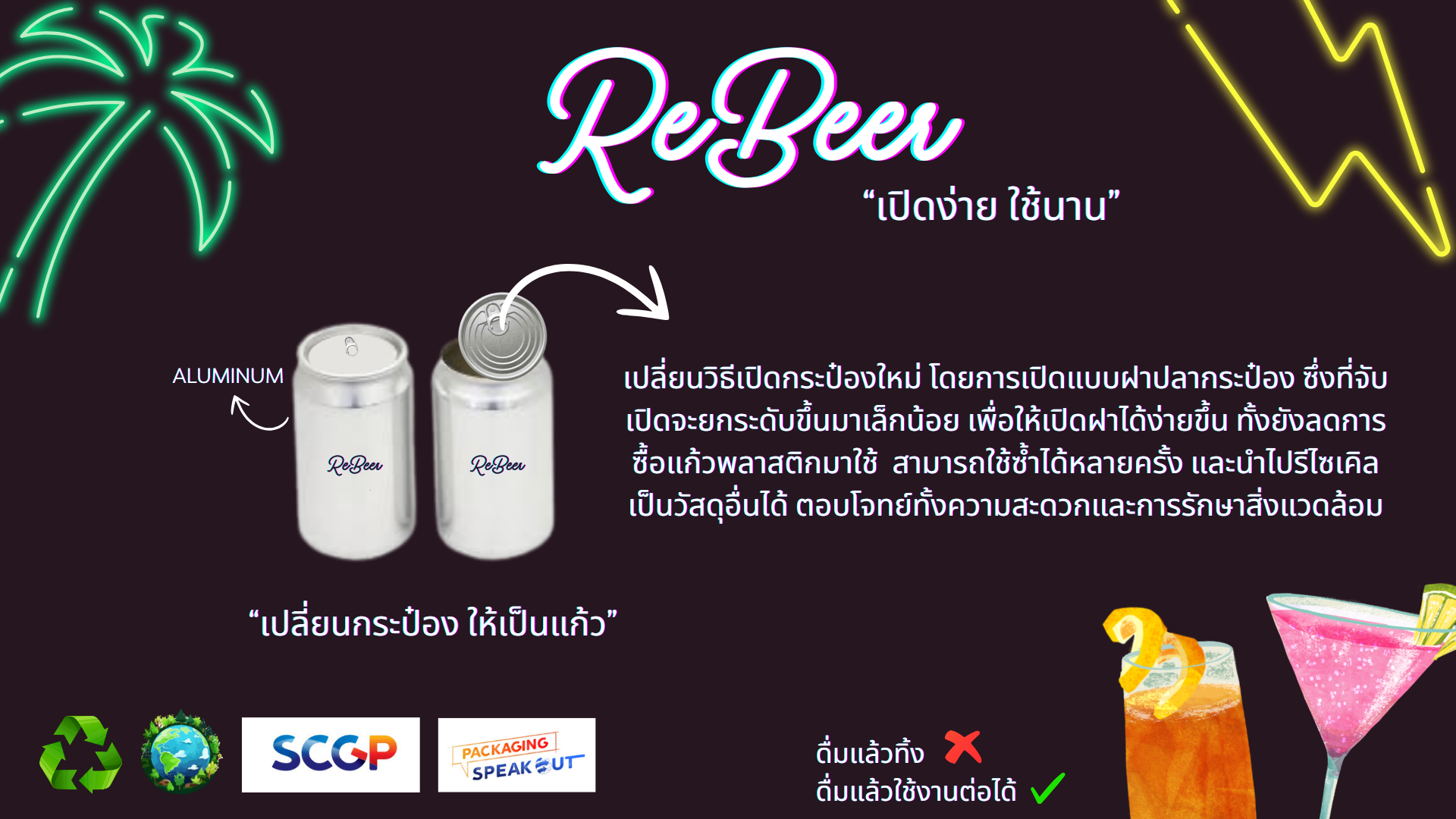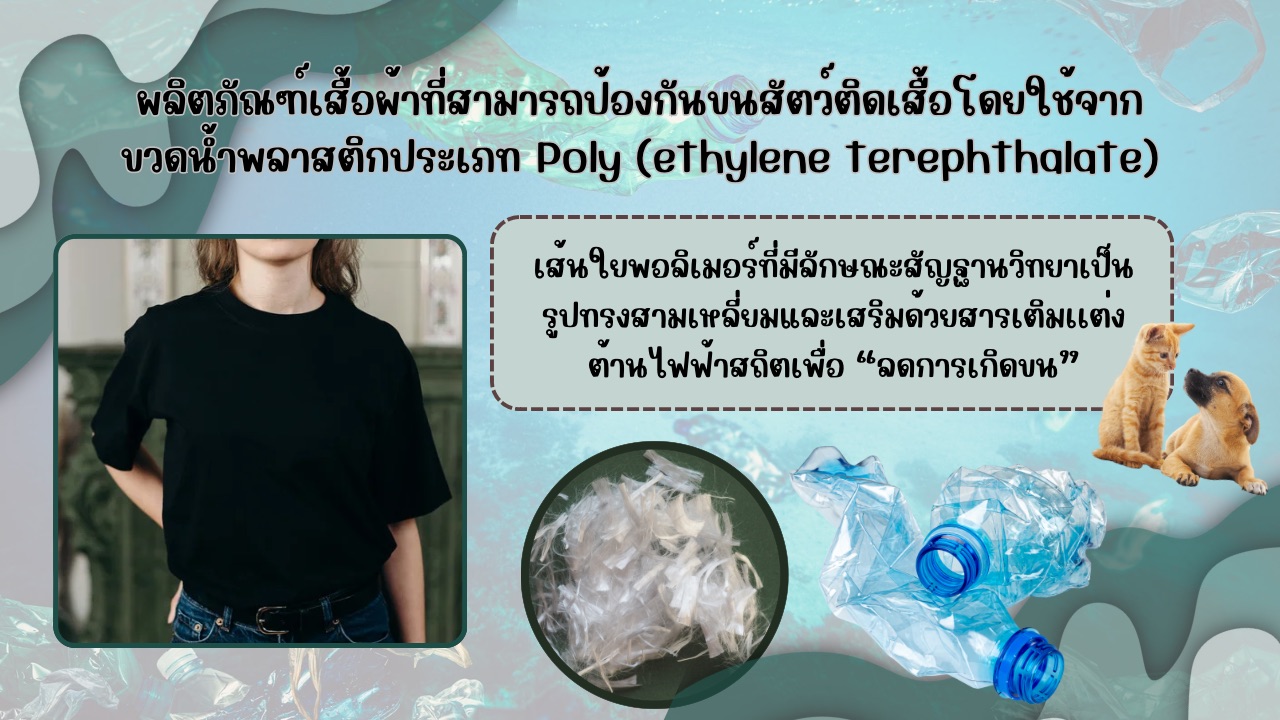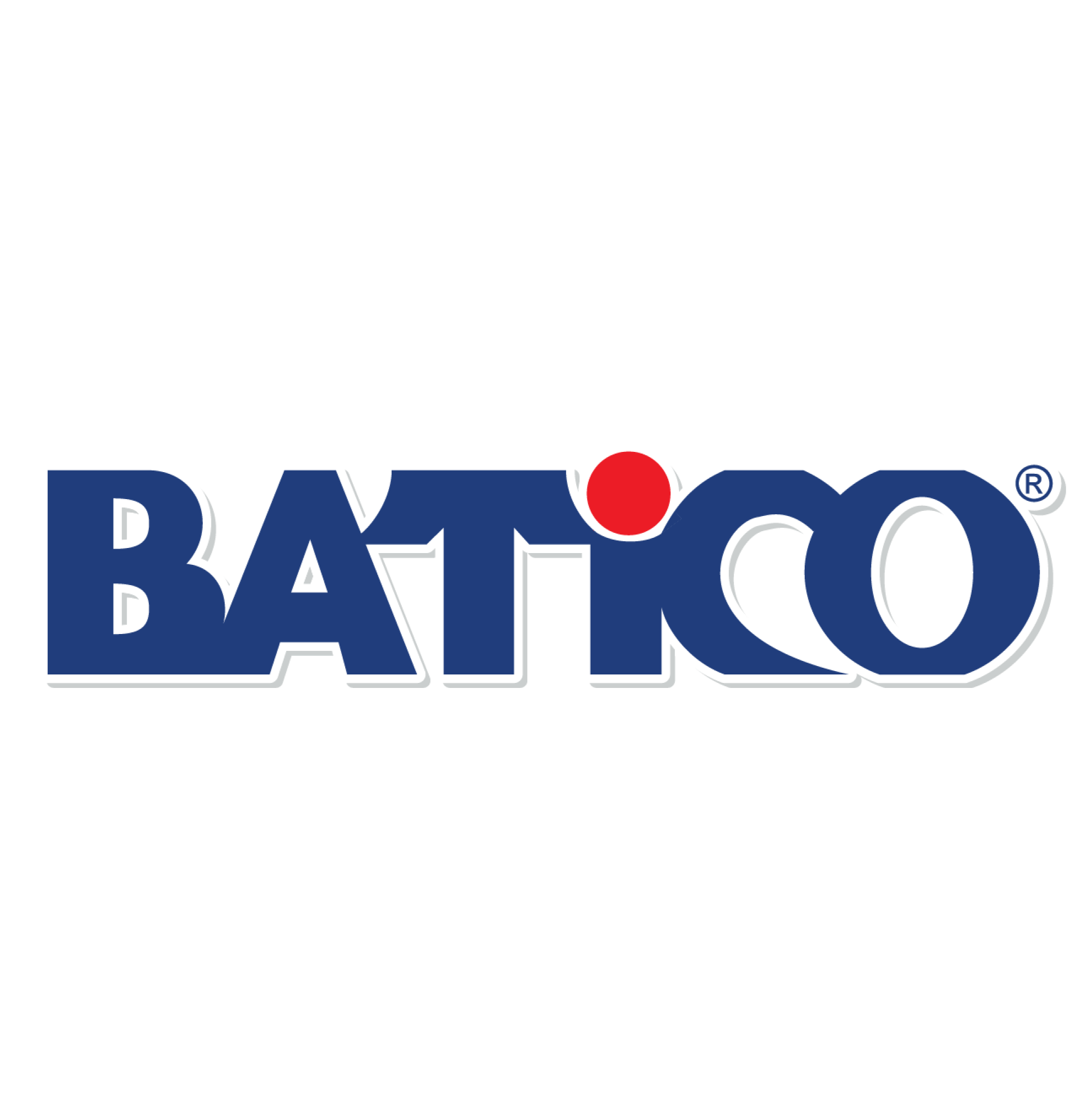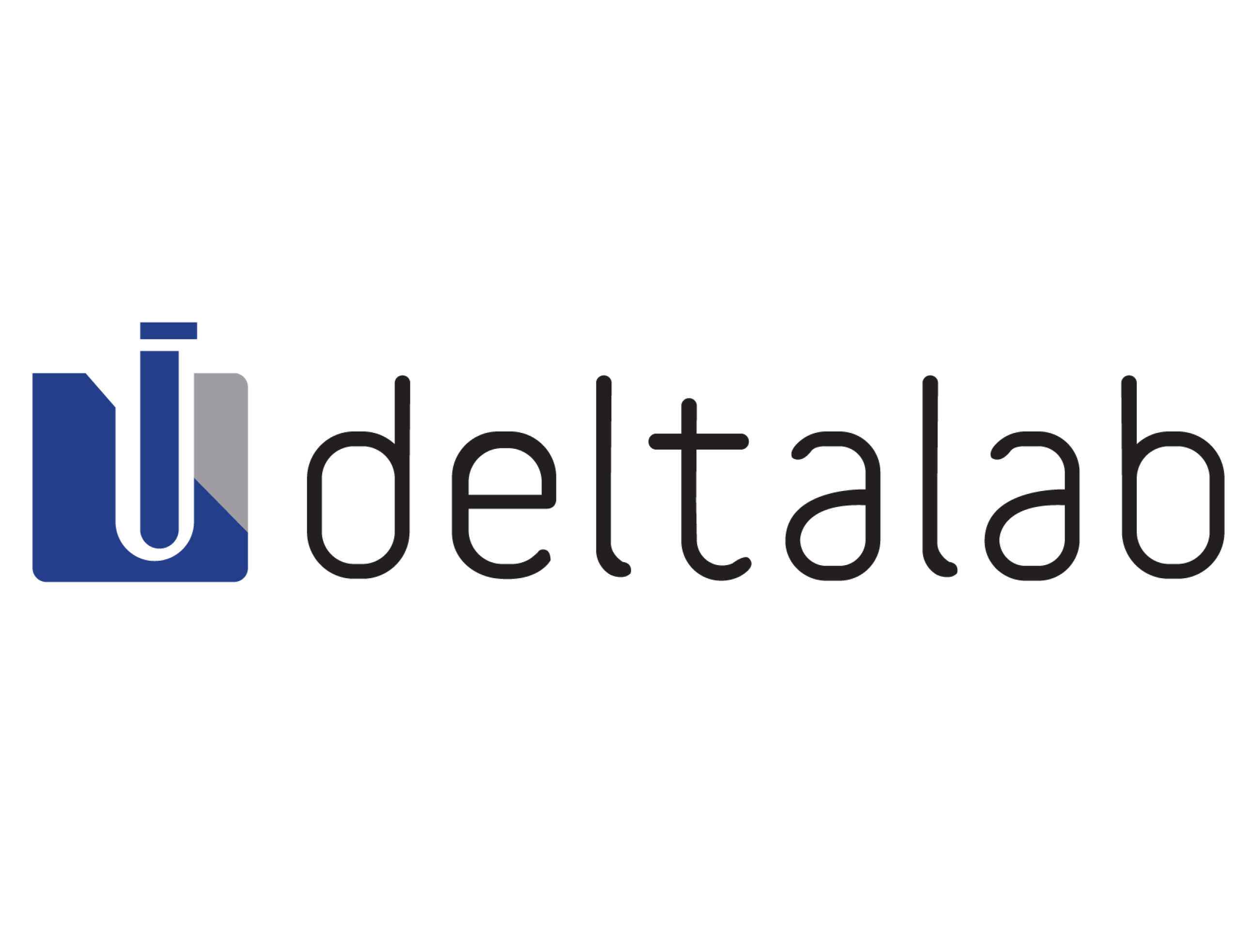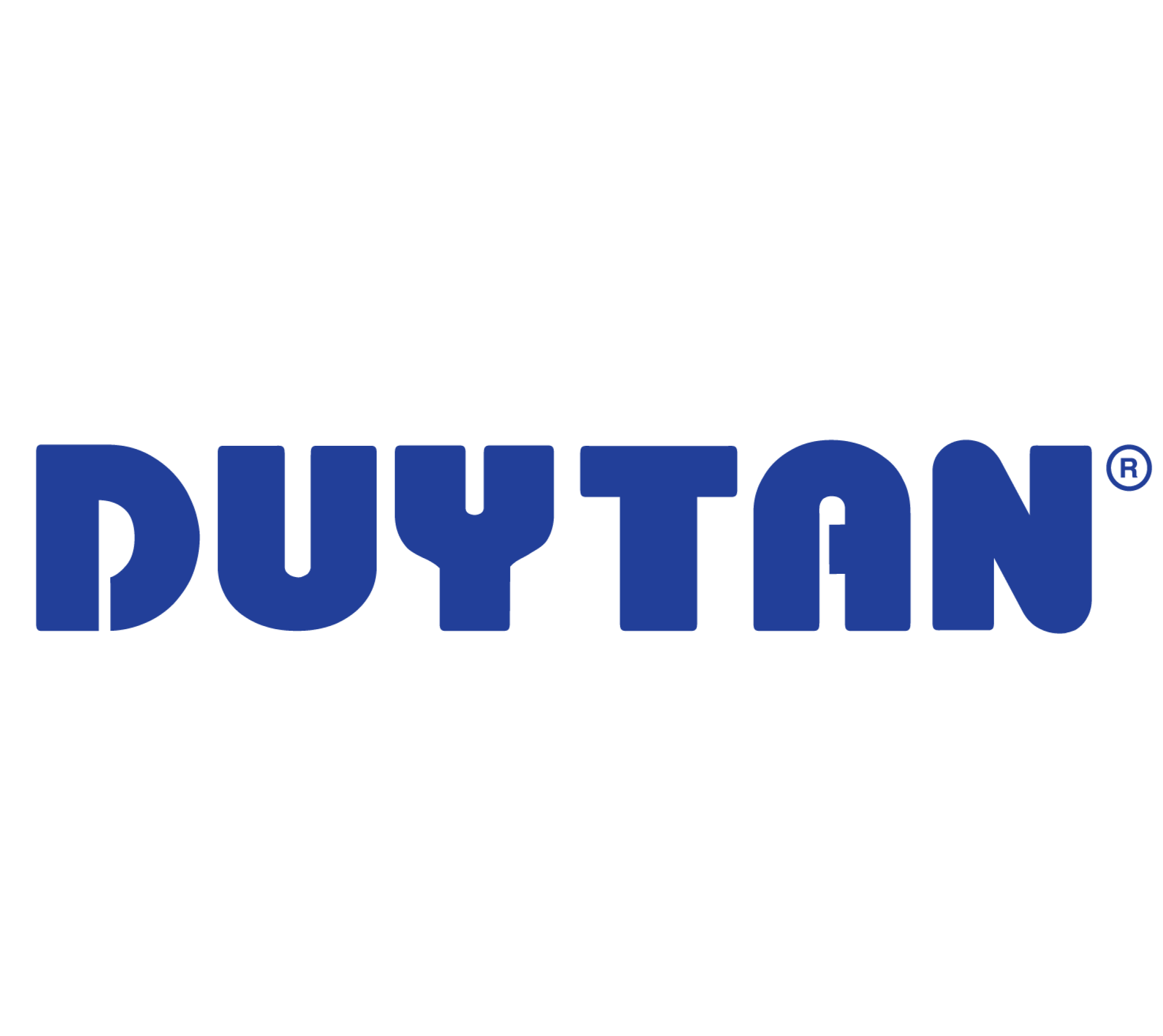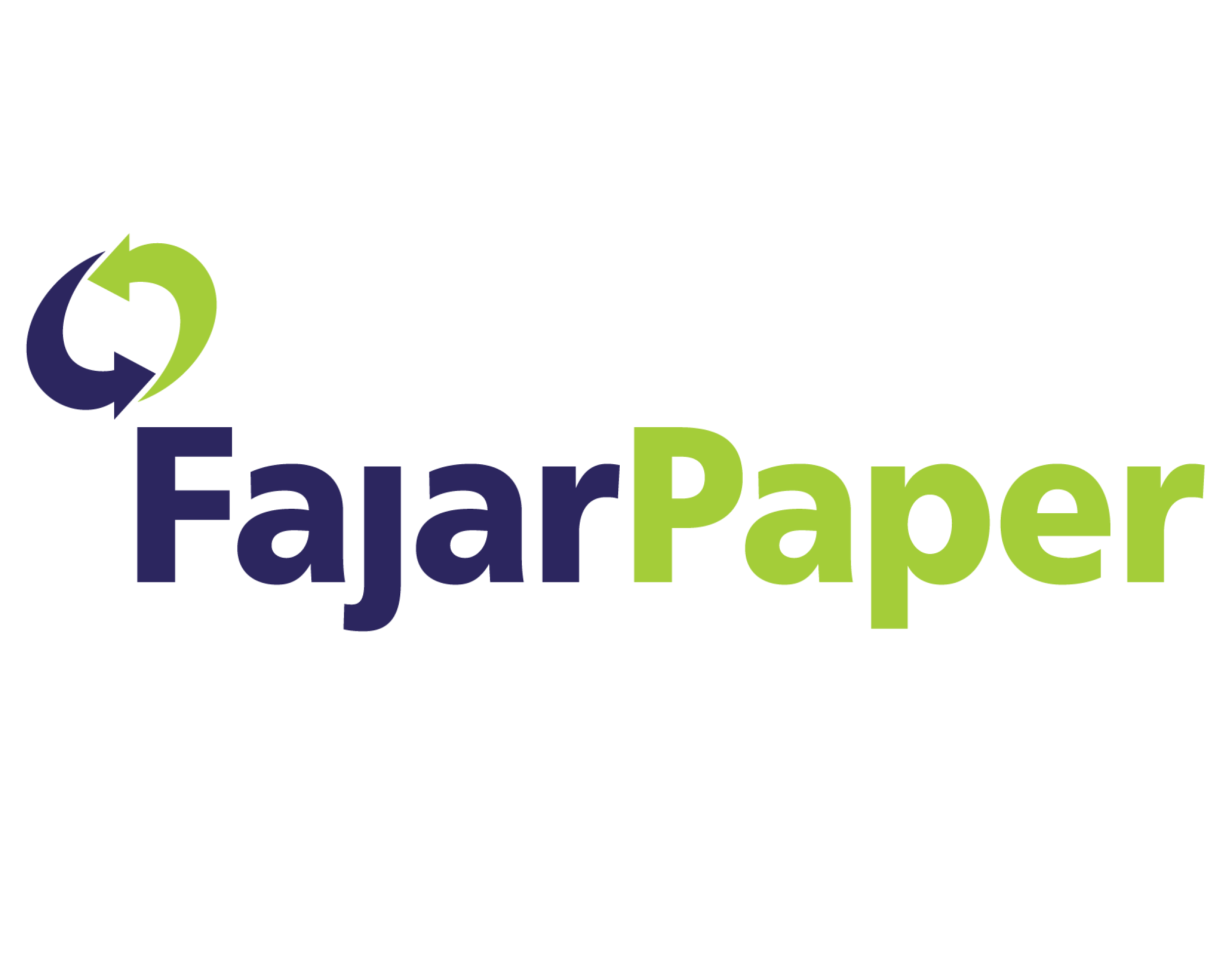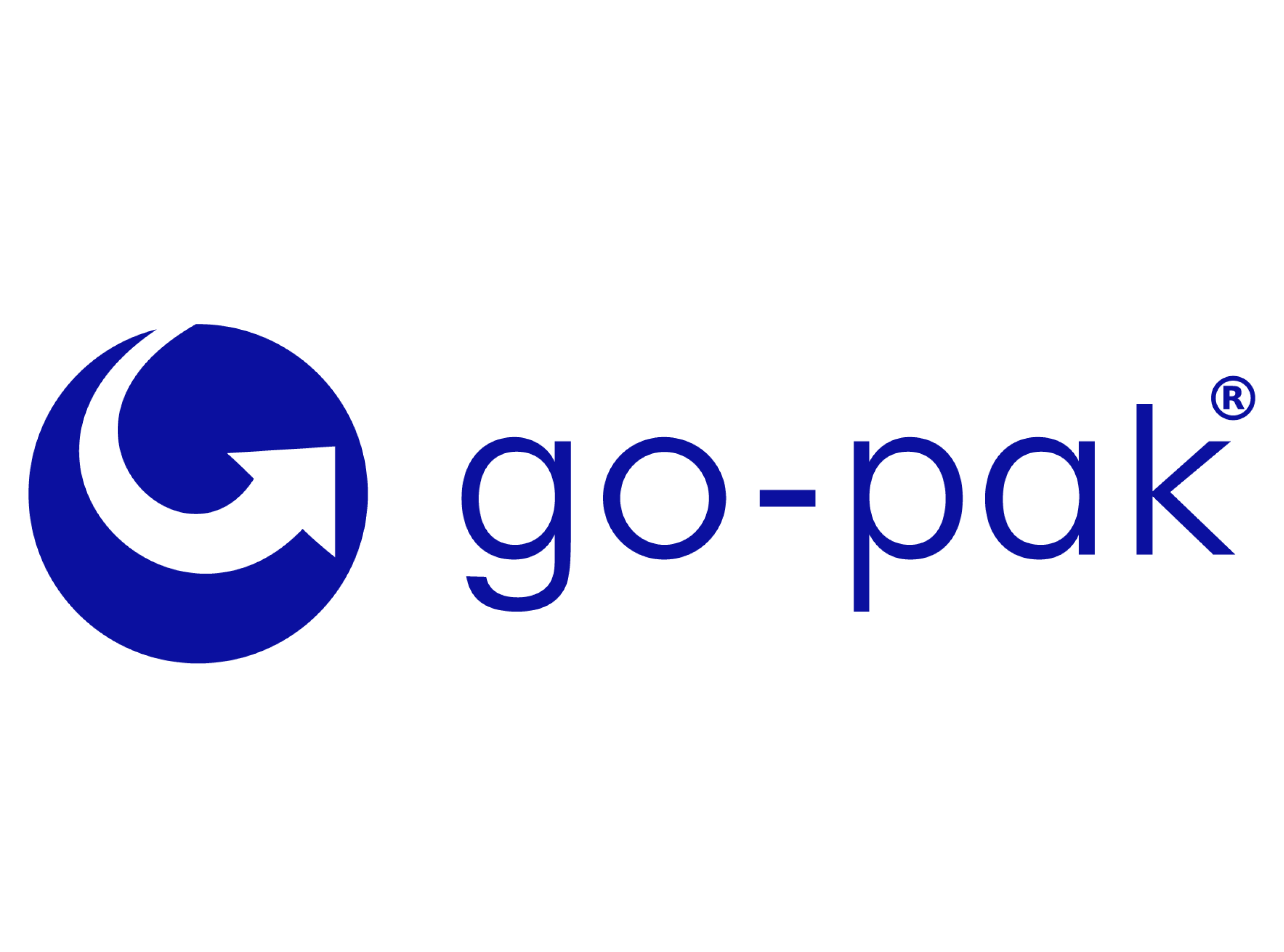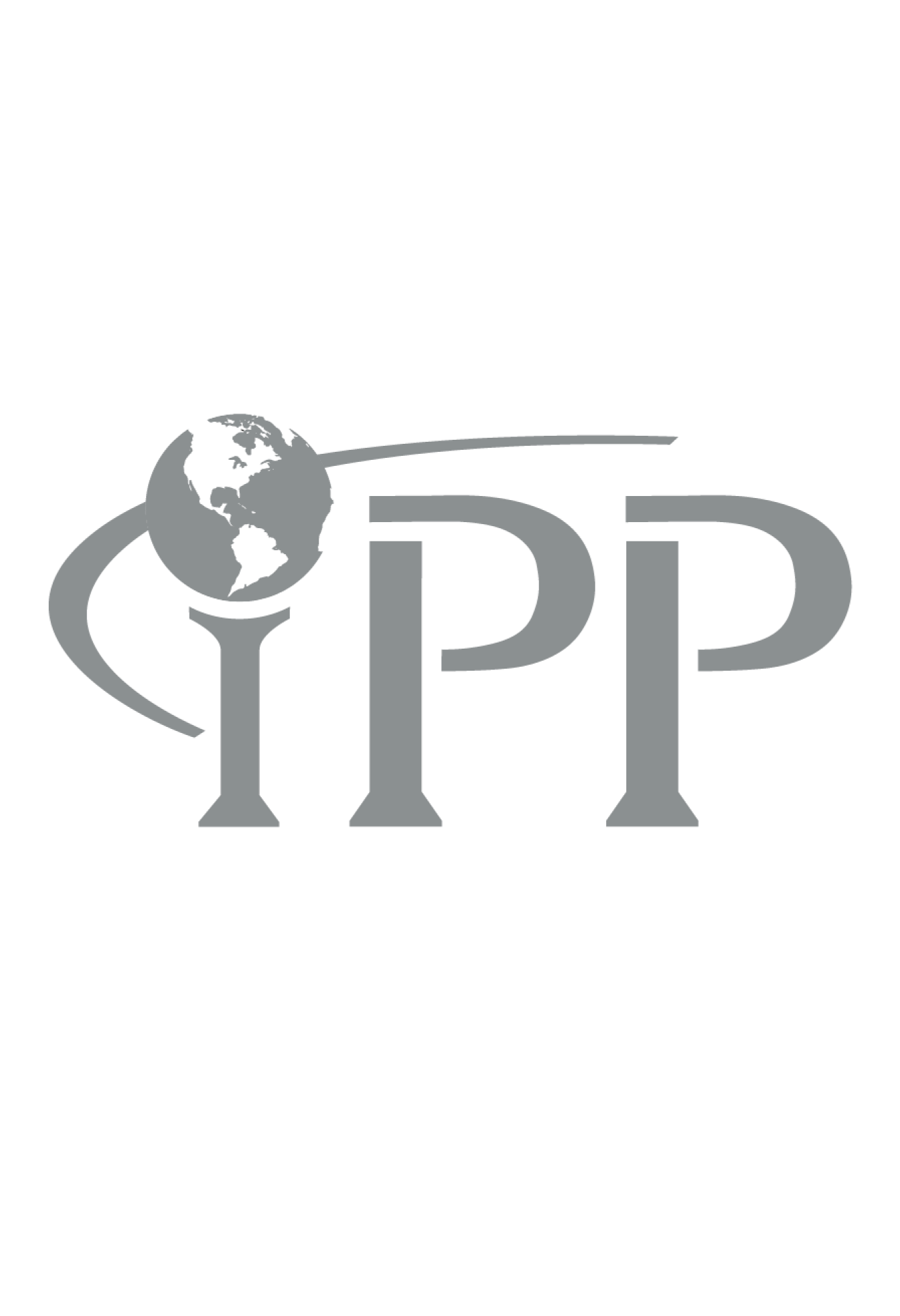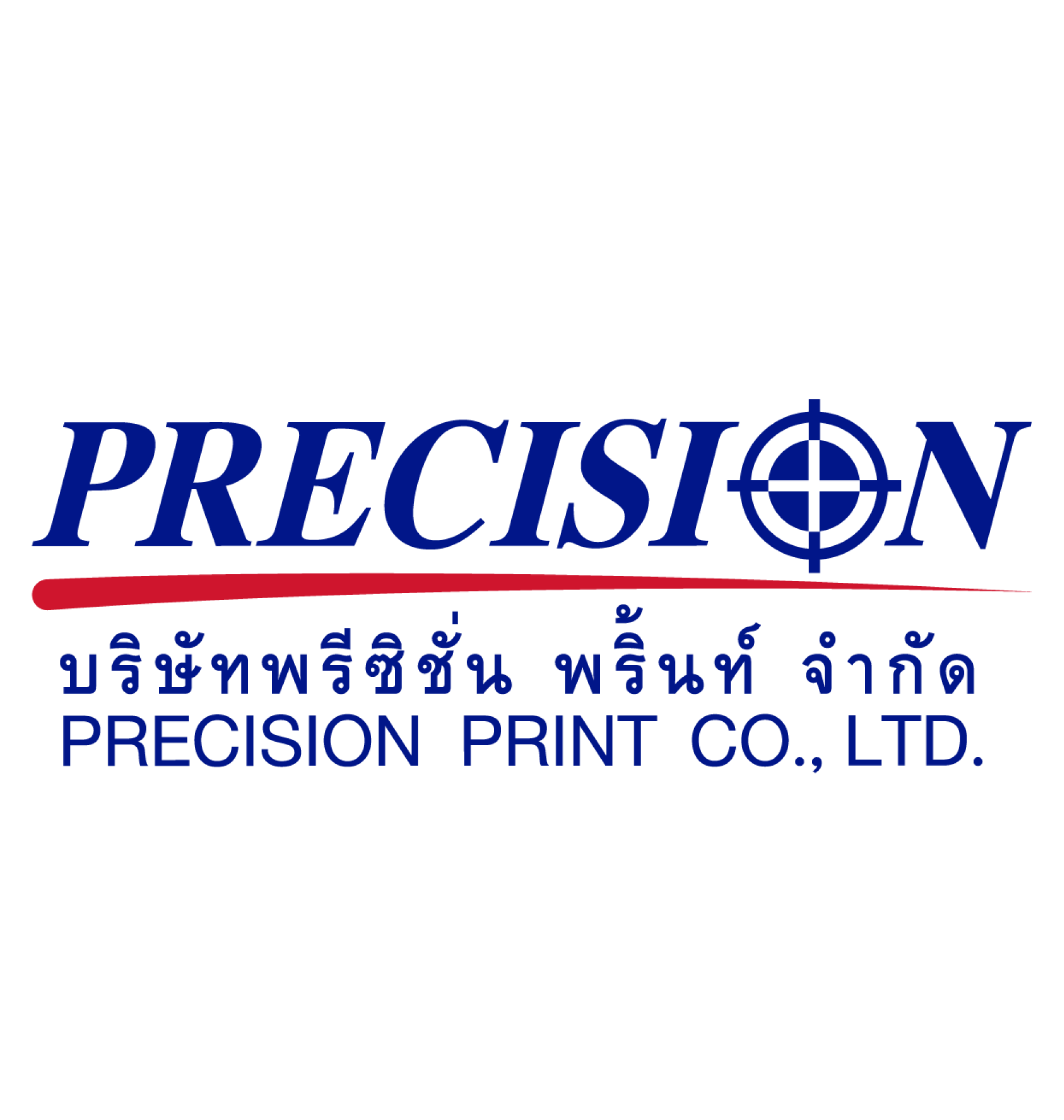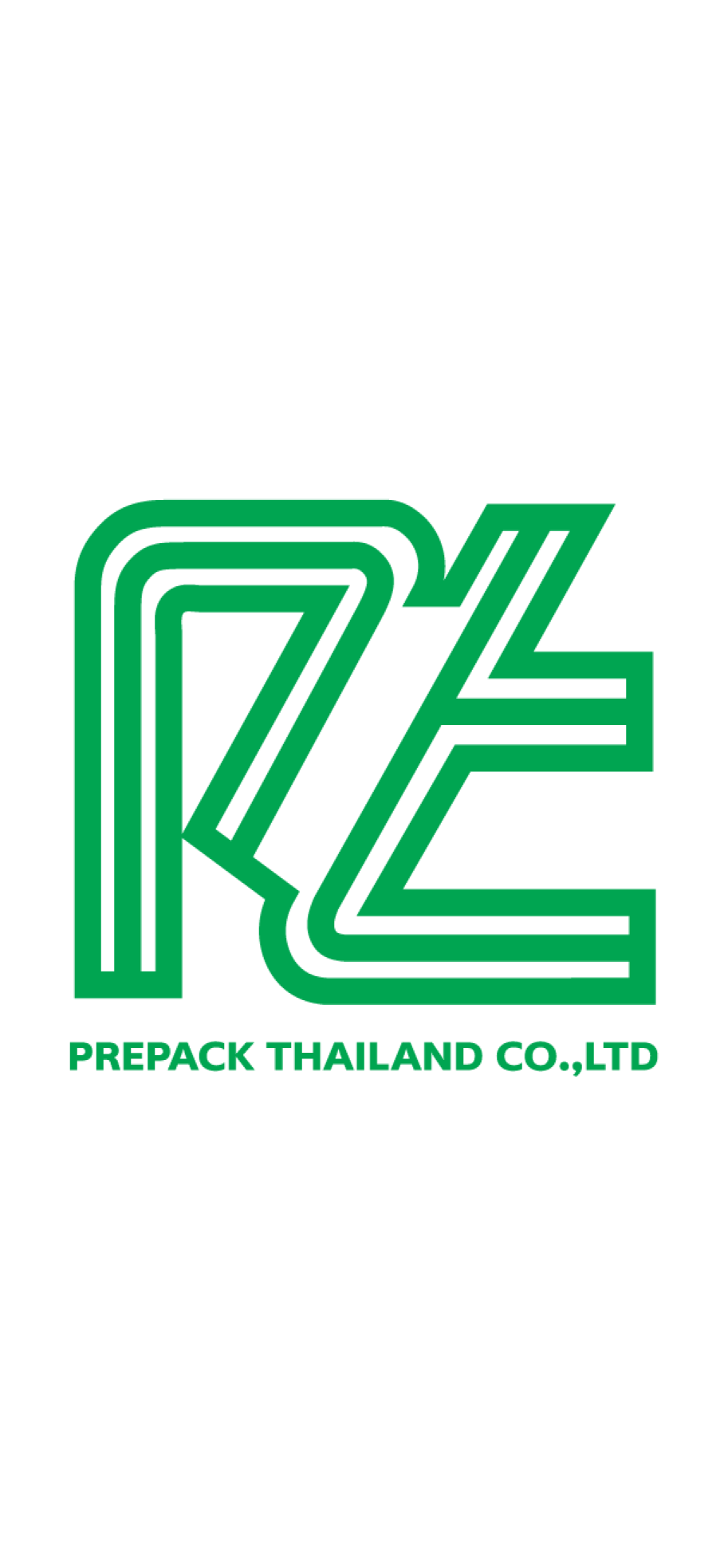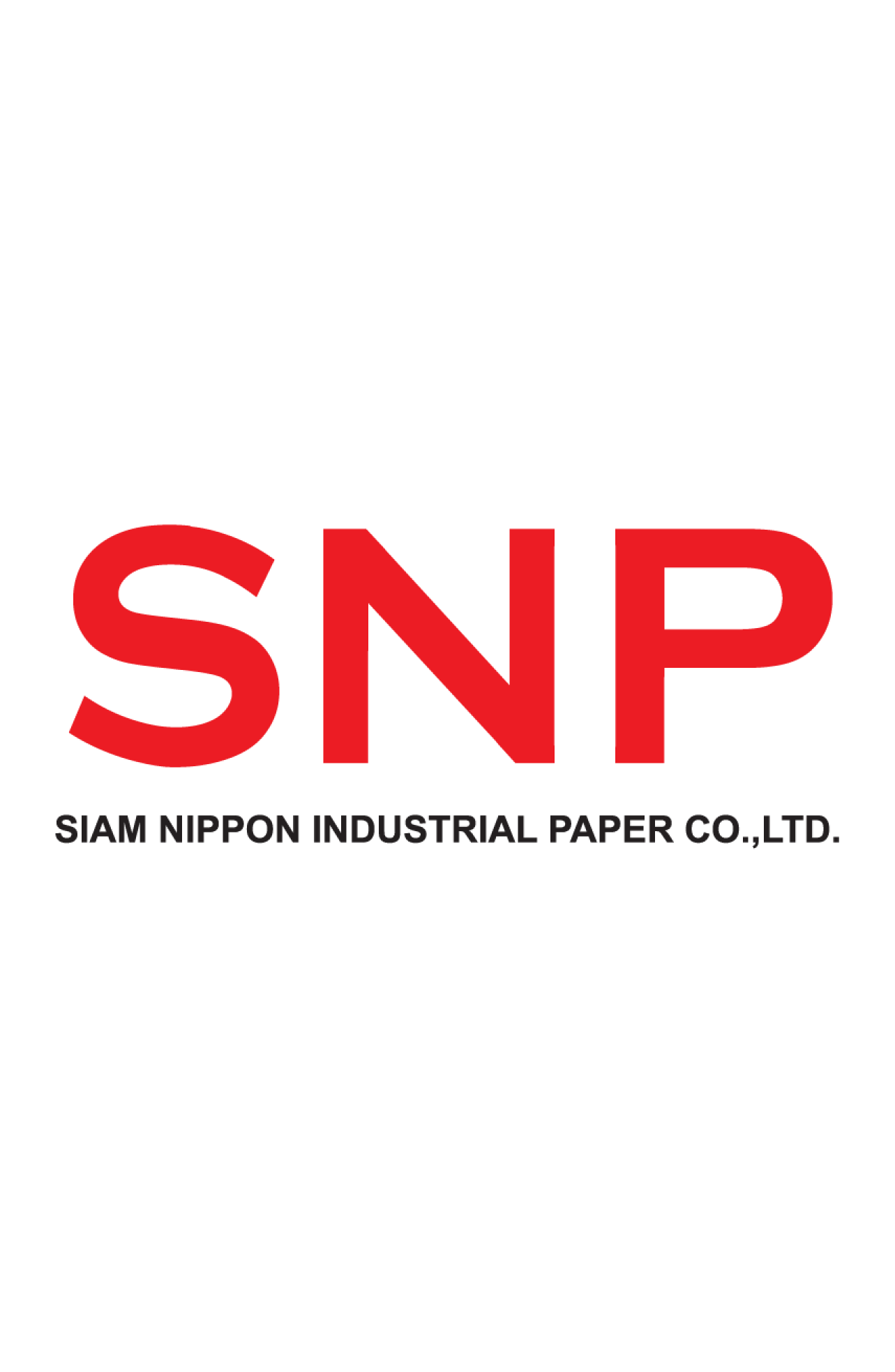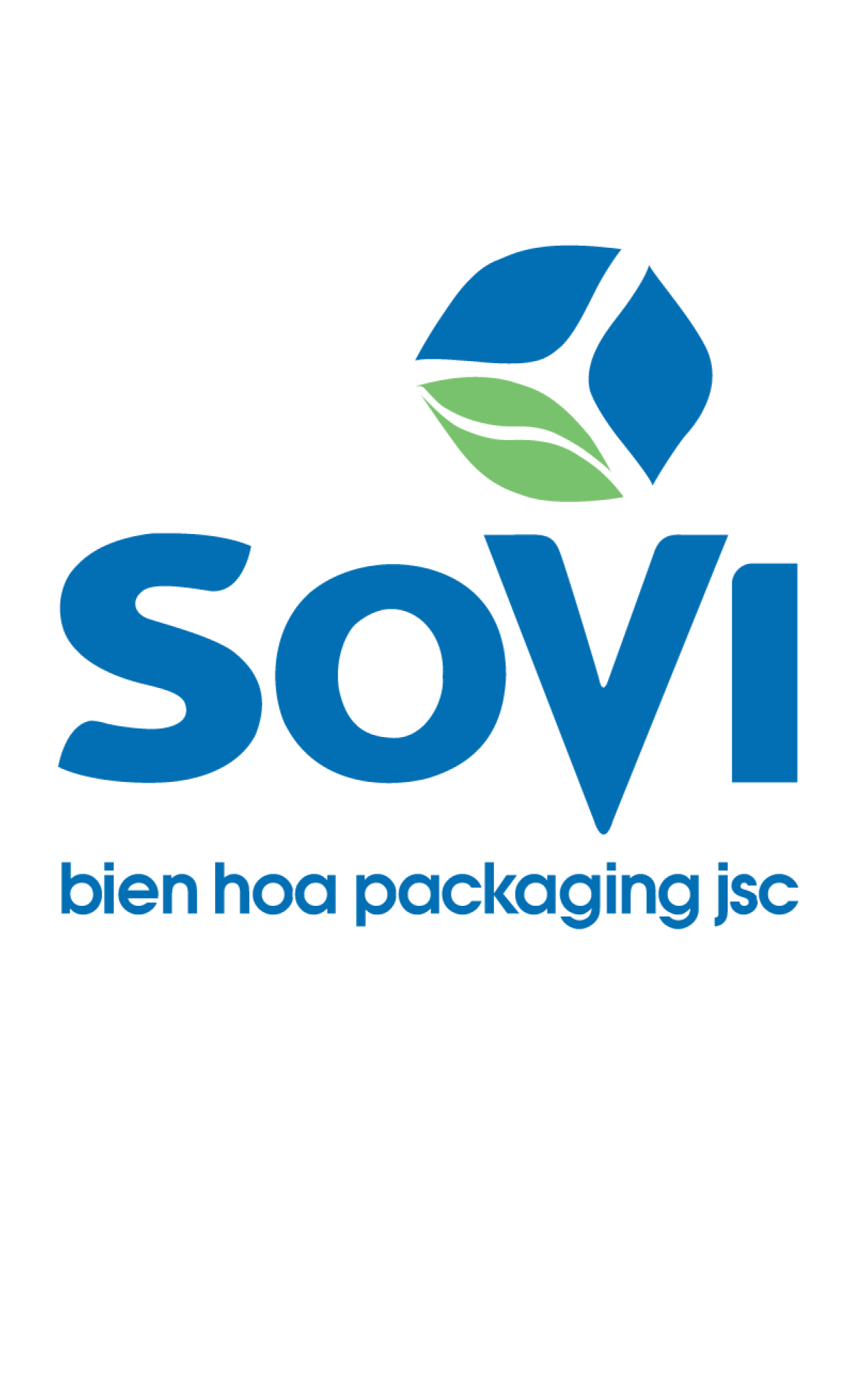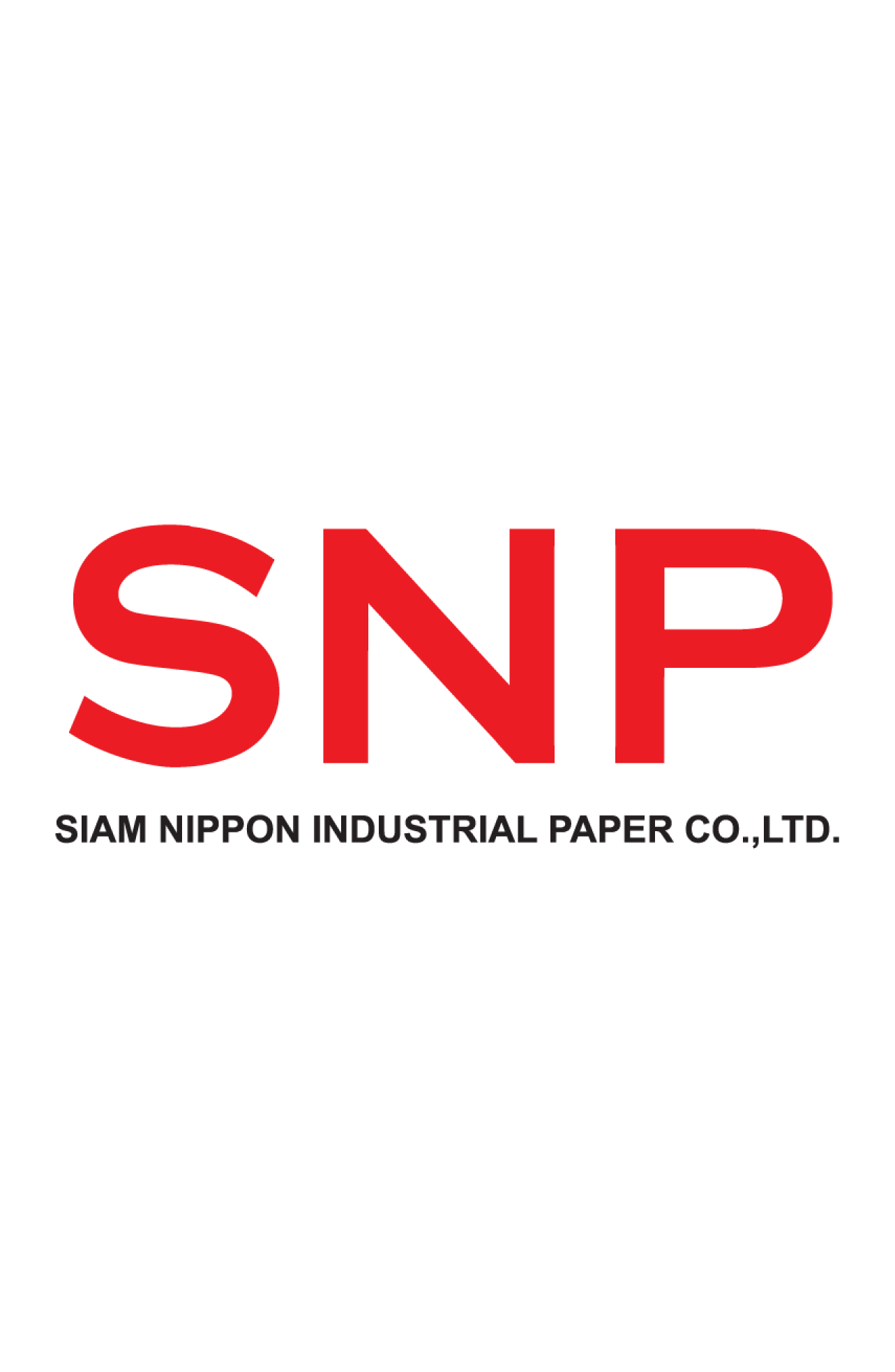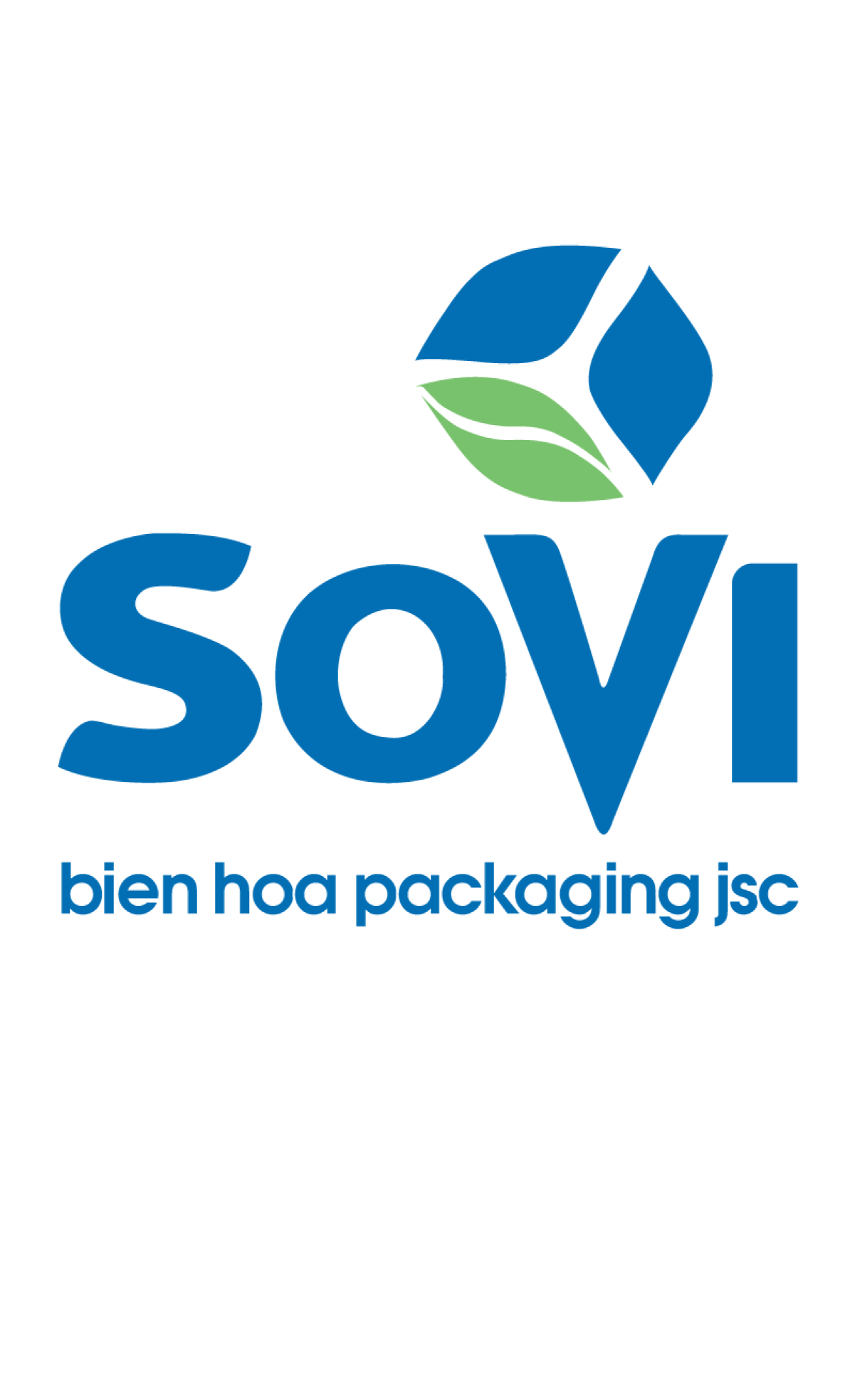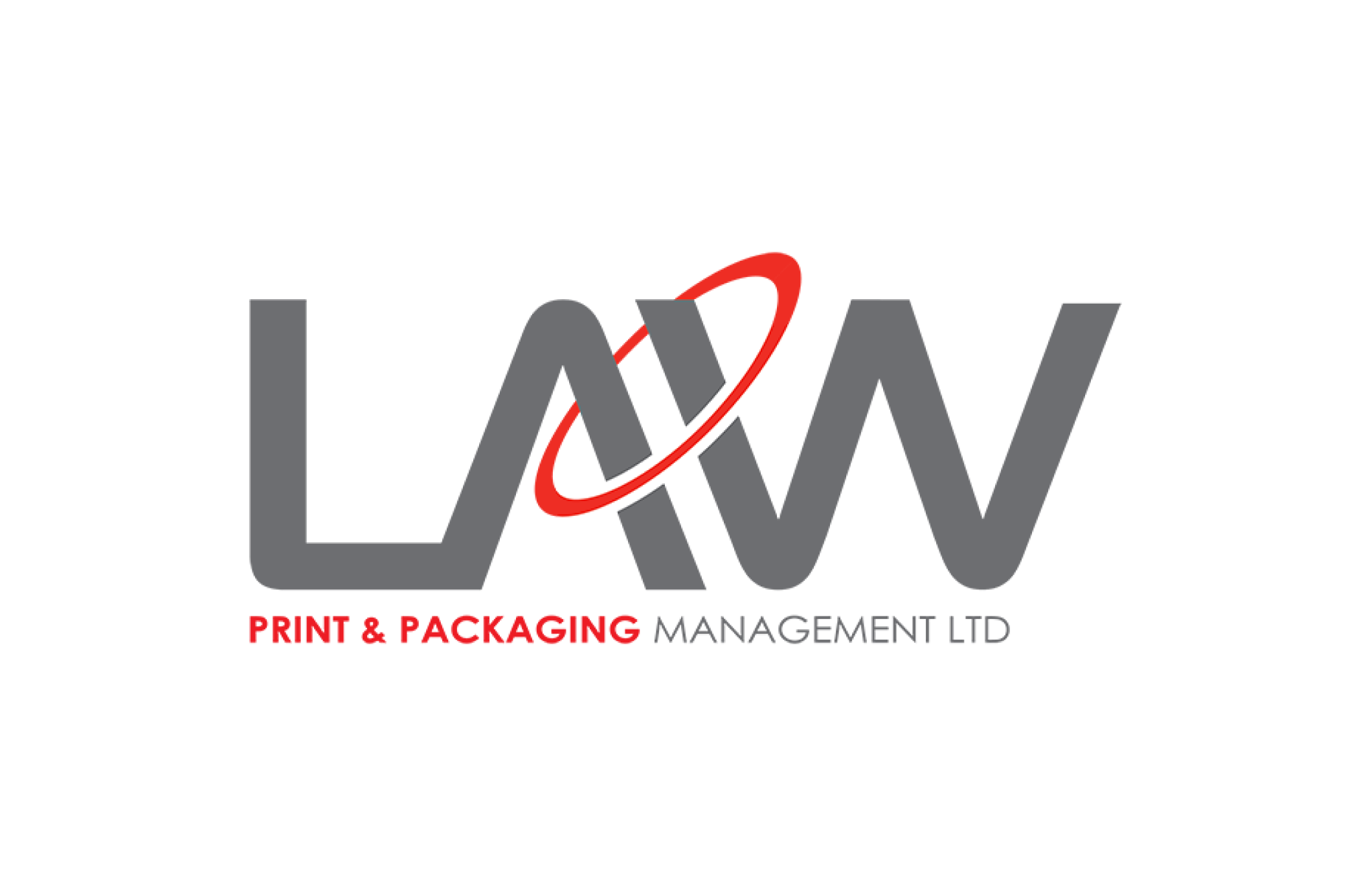Cylindrical spaghetti box made from kraft paper
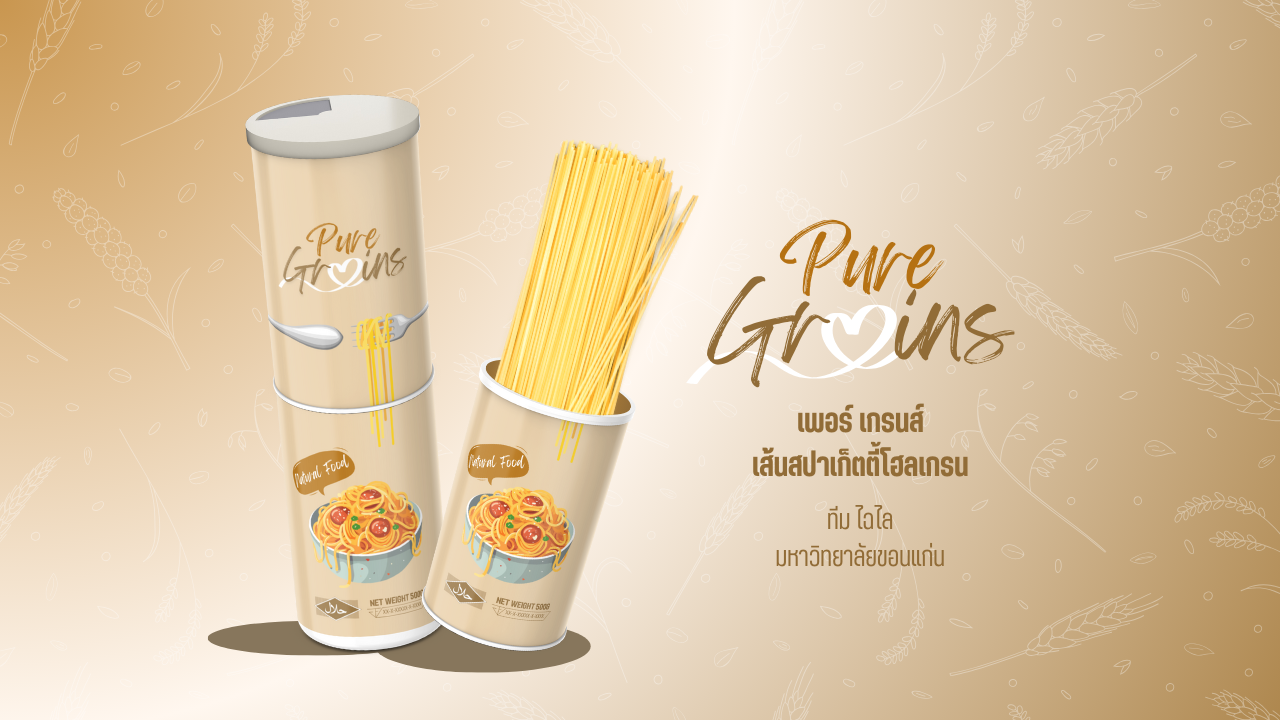
Team : ไฉไล
Member
Ms Warinthira Phopanmai
Ms Nicha Meekhun
Ms Chanittha Thaotha
1.Business environment analysis
Food is a key factor affecting health. Improper consumption can lead to chronic diseases such as diabetes, high blood pressure, and heart disease. Nowadays, consumers are becoming more aware of the importance of choosing healthy food. The government also plays an important role in promoting healthy eating behaviors, with initiatives such as the 'Thailand Without Belly' campaign and the 'Reduce Sugar, Fat, and Salt' campaign. Additionally, a report from Euromonitor states that 65% of Thais pay attention to healthy ingredients, and 41% check nutrition labels before purchasing.
The growing health trend has led to changes in consumption behavior, particularly among Millennials and Gen Z, who prioritize nutritious food. This has caused the health food market to expand continuously, with Globe Newswire forecasting that the global market will reach 162 billion USD by 2026, with an average annual growth rate of 9.2%.
Furthermore, consumers are becoming more environmentally conscious by choosing eco-friendly packaging. The Thai government has also implemented the Plastic Waste Reduction Strategy (2018–2030) to address this issue, leading the packaging industry to adopt biodegradable or recyclable materials. Although in 2020 businesses had to cut costs by returning to traditional, lower-cost packaging, the eco-friendly food and beverage packaging market still grew by an average of 25%, reaching a value of 2.1 to 2.4 billion baht. Although the growth rate slowed compared to 2019, the market share of sustainable packaging increased from 1% to 2% of the total food and beverage packaging market. Consumer demand, particularly among Millennials and Gen Z, who care about the environment and are willing to pay more for sustainable products, played a key role in this growth. A study by Mahidol University (CCMU) found that 74% of Thai consumers are likely to choose products and adjust their lifestyle to be more environmentally friendly. Of this group, 37.6% specifically seek eco-friendly products and are willing to pay more for products or services that support sustainability.
Political
The Thai government has implemented the 2018-2030 Plastic Waste Reduction Strategy, aiming to eliminate single-use plastics by 2030. Additionally, health promotion initiatives such as the "Thailand Without Belly" campaign and programs to reduce sugar, fat, and salt intake encourage citizens to adopt healthier lifestyles.
Economic
According to Globe Newswire, the global health food market is projected to reach USD 162 billion by 2026, with a compound annual growth rate (CAGR) of 9.2% from 2021 to 2026. Even though businesses may resort to cheaper, traditional packaging, the eco-friendly food and beverage packaging market in Thailand grew by 25% in 2020, contributing 2,100-2,400 million Baht to the market.
Social
Research from Mahidol University (CCMU) on the "Voice of Green" found that 74% of Thai consumers are willing to choose eco-friendly products, with 37.6% specifically looking for eco-conscious items and willing to pay a premium. Additionally, a 2023 Euromonitor survey revealed that 1 in 4 Thais are on a diet, and 65% prioritize healthy ingredients in their cooking, while 41% check nutrition labels and 58% regularly consume supplements or vitamins.
Environmental
The packaging industry significantly impacts both the production and trade sectors. The large volume of packaging waste, particularly plastic, contributes to environmental concerns. As packaging demand grows annually, waste management becomes crucial to mitigating environmental damage.
Legal
Thailand's Consumer Protection Act of 1979 (Section 27) requires clear, accurate, and truthful labeling of food products, including ingredients and nutritional properties. Strict consumer protection laws demand that businesses maintain compliance in product labeling and consumer rights.
2.Setting brand development
1. Increase Awareness among Health-Conscious Consumers
Raise awareness among consumers who care about health and healthy eating by promoting whole grain spaghetti, which is high in fiber and made from unrefined wheat.
2. Promote Eco-Friendly Packaging Features
Increase product recognition and preference through environmentally friendly packaging.
3. Differentiate with a Sustainable Concept
Make the brand stand out with sustainability in production, choice of materials, and product presentation.
4. Build Brand Loyalty among Progressive Consumer
Foster loyalty among customers who prioritize social and environmental issues by promoting products that support a better world.
5. Expand Sales Channels
Broaden the market to include stores or platforms with a clear target audience, such as health-focused supermarkets or online channels related to eco-friendly products.
6. Create Brand Image through CSR
Use Corporate Social Responsibility (CSR) to connect the brand with doing good for society, especially in reducing waste and protecting the environment.
3.Defining target customers and details of target group insights
Health & Eco-Conscious Consumers
Demographic
- Age: 25-45 years
- Gender: Male and female
- Urban dwellers with medium to high purchasing power
- Work in stable organizations, well-educated, primarily young adults who prioritize both health and the environment.
Lifestyle
- Seek products that meet their health needs and offer convenience.
- Willing to pay extra for high-quality, eco-friendly products.
Behavior
- Prefer foods with high nutritional value.
- Value biodegradable or recyclable packaging to reduce plastic waste.
- Often check nutrition labels before purchasing, looking for ingredients like fiber, protein, and additives.
Insight
This group seeks nutritious food, especially those rich in health benefits, like whole grain spaghetti, which is high in fiber. They are interested in products that promote both physical and mental well-being while caring for the environment. Using eco-friendly packaging makes them feel good about contributing to reducing environmental impact. As a result, they tend to choose products that reflect a commitment to both their health and the planet.
4.Designing packaging for society and the environment of the presented brand and product
Concept
The cylindrical spaghetti box is made from kraft paper, with a cylinder body and base designed to be of equal length. The lid is designed to rotate, revealing an opening for precise and convenient portioning of spaghetti for each use. Additionally, the box can be repurposed for various uses, such as household storage or home decoration.
Pain point
Preservation : Bags that are not well-sealed can allow moisture from the air to affect the spaghetti, leading to spoilage or breakage of the pasta.
Storage in Cabinets : The size or shape of the bags can make it difficult to store or retrieve them from cabinets.
Inappropriate Quantity : Spaghetti in bags can make it challenging to determine the appropriate amount to use each time.
Environmental Impact : Non-biodegradable packaging often accumulates in the environment and contributes to pollution, such as waste in the sea or landfills, which harms ecosystems and wildlife
Solution
The approach was used to address the problem is to design a kraft paper box with equal length for both the cylinder body and the base. The lid can rotate, making it convenient to measure the amount of spaghetti for each use. Additionally, this design helps organize storage easier.
5.Marketing activities and brand development through packaging
Product
Whole grain spaghetti that promotes health, high in fiber, and supports digestion. It can be used in a variety of dishes. The packaging is eco-friendly, made from kraft paper and PET plastic, which can be reused and recycled.
Price
Priced at 139 Baht.
Place
Distribution channels include both regular retail stores and health-focused retailers, such as supermarkets with organic sections, health food stores, toxin-free shops, and online platforms.
Promotion
Advertising
Use social media to highlight the health benefits of whole grains and emphasize the eco-friendly packaging that can be reused.
Public Relations
Engage in CSR activities related to environmental conservation, like partnering with organizations on tree-planting events or plastic waste reduction campaigns to enhance brand image and promote social responsibility.
IMC Tools
Advertising
Digital ads : Use Facebook Ads, Instagram Ads, and TikTok Ads to target health-conscious and eco-friendly consumers, with messaging focused on the benefits of whole grains and sustainable packaging.
TV and radio : Advertise on channels or programs focused on health and the environment, like cooking shows or environmental documentaries.
Public Relations
Collaborate with environmental organizations on campaigns like tree planting or plastic reduction, and partner with NGOs to build brand image.
Host a product launch event for media, showcasing the product's health and environmental benefits.
Sales Promotion
Offer discounts during the launch or promotions like price reductions when purchasing a set amount.
Provide product sampling at supermarkets or health stores, allowing customers to try the product while educating them about its eco-friendly packaging.
Direct Marketing
Email marketing: Send newsletters with product information, promotions, and content about health, nutrition, and environmental sustainability to subscribed customers.
SMS/app notifications: Send alerts about special promotions for customers who have previously purchased the product online.
Personal Selling
In-store staff can explain the benefits of whole grain spaghetti and eco-friendly packaging, offering guidance on how the product helps reduce waste and supports sustainability.
6.Measuring marketing and brand results
Advertising
Reach : Number of people who saw the ad.
Engagement : Interaction with the ad (likes, shares, comments).
Public Relations
Media Mentions : Number of times the brand is mentioned in media outlets.
Event Attendance : Number of attendees at PR events.
Social Media Shares : How often PR content is shared on social media.
Sales Promotion
Sales Volume : Sales generated during the promotional period.
Redemption Rate : Percentage of coupons or discounts redeemed.
New Customer Acquisition : Number of new customers gained through the promotion.
Direct Marketing
Open Rate : Percentage of emails opened by recipients.
CTR (Click-Through Rate) : Percentage of email recipients who clicked on links.
Conversion Rate : Percentage of recipients who made a purchase after clicking.
Personal Selling
Sales Volume : Sales attributed to product recommendations by sales staff.
Customer Feedback : Insights and suggestions from customers.

